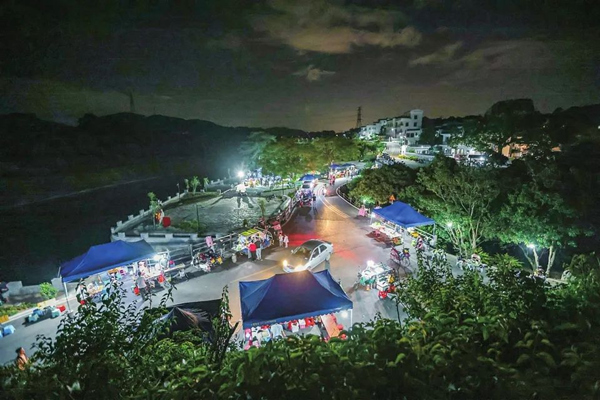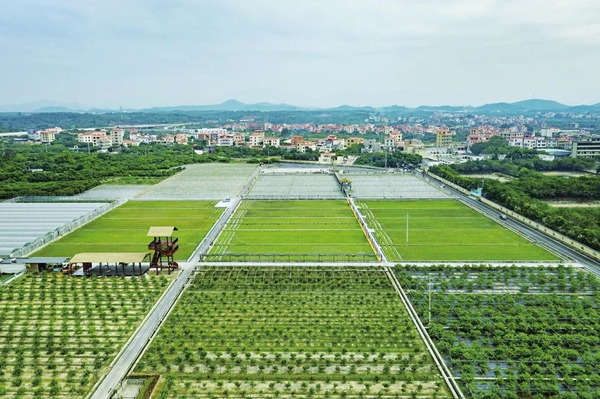Maoming rivers propel local economic development
- (guangdong.chinadaily.com.cn/maoming)
- Updated: 2022-11-07
There are many rivers and lakes in Maoming, including 82 rivers with a catchment area of 50 square kilometers to 3,000 sq km, totaling 2,750 km. As a result, the city relies on its rivers and lakes to drive local economic development.

Qiaotou village in Genzi town develops its night economy near the ecological belt. [Photo/WeChat account: maofabu]
Since 2017, Maoming has implemented the river chief system, with a series of river chiefs leading water management and other watershed comprehensive improvement measures and ecological construction efforts.
Maoming has set a total goal of building 436 km in ecological belts in the near future and 2,083 km in the long term. Among them, there are 25 key projects included in Guangdong province's plans for ecological belt construction, spanning a total length of 250 km, including 160 km that will be built in the short term. According to the person in charge of the municipal river chief office, Maoming has built 190 km of ecological belts.
Exemplifying how rivers and lakes have propelled local economic development is Shuanghe village, which is under the jurisdiction of Qianpai town in Xinyi, a county-level city in Maoming. By focusing on "rivers, bridges, banks, and villages," as well as its Sanhua plum planting industry, Shuanghe village has become an increasingly popular tourism destination.
Shuanghe village received 150,000 visitors in January, 383,000 visitors during the seven-day Spring Festival holiday, over 200,000 visitors half a month before and after Women's Day on March 8, as well as more than 300,000 visitors during the ripening period of Sanhua plums.
The ecological belt in Gaozhou, a county-level city in Maoming, has improved the environment and driven local economic development. Xinhua village in Fenjie town, Gaozhou has also developed agricultural tourism near the ecological belt.

Xinhua village develops agricultural tourism near the ecological belt. [Photo/WeChat account: maofabu]


